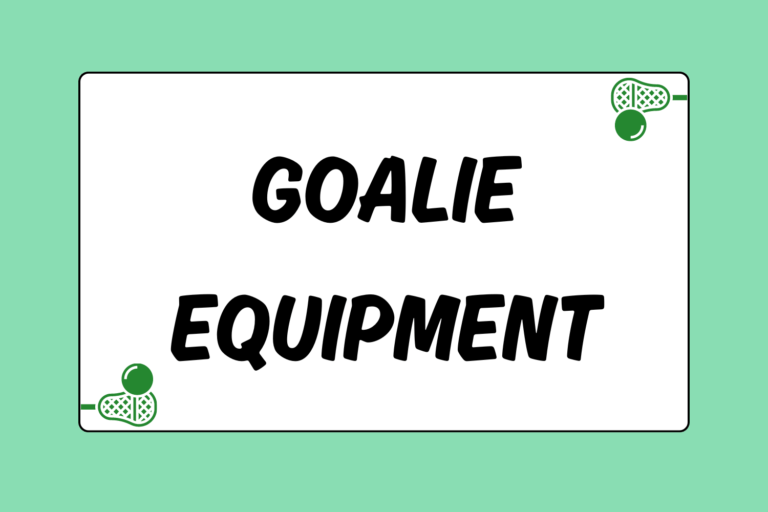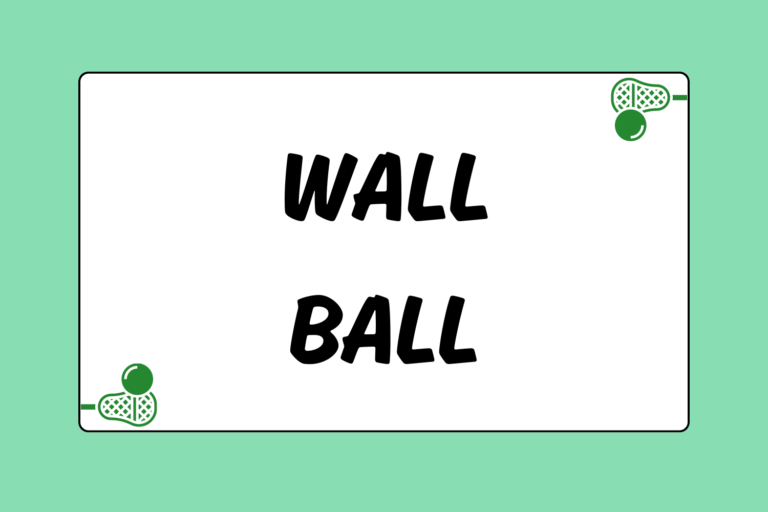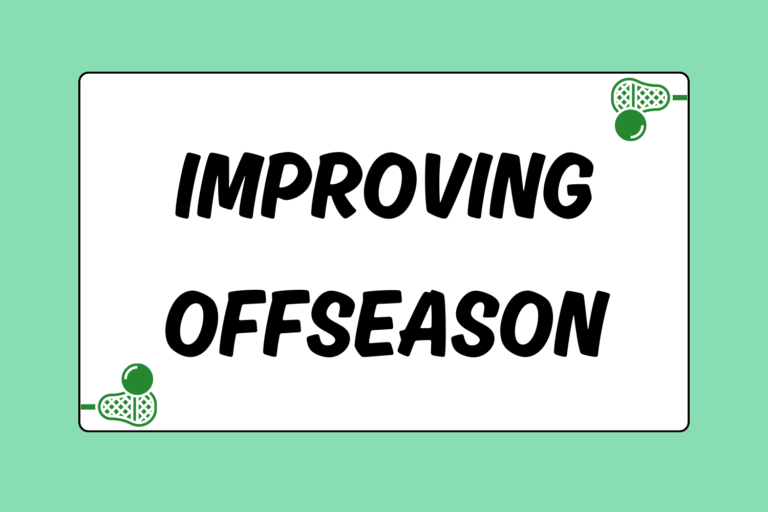Not that you need to be a magician, but sometimes every laxer is going to have to pull a rabbit out of his hat. Be ready to reach into your bag of tricks and make a little magic happen in a tight spot. There are some items that are absolute must-haves, and should find their way into your gear bag sooner rather than later. You inevitably will encounter some setbacks with your equipment during the course of the season, so you’ll need to be prepared to deal with any sudden sticky situations you might find yourself in. Let’s take a look at five must-have items for your gear bag to keep you ready to quickly adapt to unforeseen circumstances.
Stick Doctor’s Kit
Many players will never get their PhD in stick surgery, but you should at least know the basics of mending your stick’s ailments. There are a few core items that always need to be in your doctor’s bag. Of the minor ones, you’ll need a lighter, hockey laces, a screw, and an extra end cap (if you can find one!). Extra nylon strings are important as well. First and foremost, however, you will need athletic tape.
Tape can be used to fix a variety of issues you may encounter on the field. If you have weak ankles or are recovering from a sprained ankle or wrist, taping the joint to stabilize it can have a positive effect on your performance, and may allow you to play in situations you might not otherwise have been able to manage.
Another great time to reach for the tape is when you break a string or mesh piece in your pocket. You won’t always have a reliable back-up stick handy, so be able to apply the quick fix with some athletic tape. For small breaks in tight places, use a length of tape only half the normal width. This will allow you to apply the tape in the tight space, and not have it interfere with any other part of the pocket. Instances in which taping can be useful in a quick-fix situation include: broken top string, broken sidewall string, broken mesh piece, or even when the actual sidewall (the plastic part) breaks. Keep in mind that the tape is only for a quick fix, and you shouldn’t rely on it to hold for more than a day or two.
On a wet day, tape can be really useful for improving your grip. Wet titanium tends to be difficult to grip, so load up the tape on the spots where your hands will be gripping the shaft most often.
For the nylons, if you don’t want to splurge and buy a new spool of string, just recycle some old ones from your stick graveyard. Take an old beat up head and unstring it, looking for leftover strings that could suffice in a pinch. These strings can be used as a new shooting string if your stick isn’t throwing properly, or can replace broken sidewalls or top strings should an emergency arise.
10 Items Every Stick Doctor Needs
1. Lighter
2. Pliers
3. Knife
4. Hockey laces
5. Nylon strings
6. Athletic tape
7. Extra screw
8. Pocket pounder
9. End cap
10. Mesh piece
Multi-Purpose Pocket Tool
Something you’ll find very useful for all your emergency stick work is a multi-purpose pocket tool, preferably one with a knife on it. Remember that Swiss Army Knife that your parents got you for your 10th birthday? Break that bad boy out and put it in your lax bag – you’ll need it sooner than you think.
If you’re going to buy a new tool, do your best to get one that has a phillips head screwdriver on it. Lacrosse heads attach to the shaft with phillips head screws, and they tend to come off more than you’d like or expect. A tool with pliers is also useful; the pliers will come in handy when stringing a new pocket, and occasionally for tasks like removing detachable cleats or fixing the facemask on your helmet.
Keep this versatile tool in your bag at all times!
The Backup Stick
While having all the tools to fix a broken stick may seem like enough to get by, nothing can substitute for the peace of mind that comes from having Old Faithful in your bag. Every player should have a backup stick that they can turn to in tough times. The backup stick doesn’t need the nicest shaft or most expensive head, but it has to consistently throw in a way that you’re comfortable with. Typically a backup stick is a player’s old stick that he replaced with a new one after a few of seasons. However, just because something is old doesn’t mean that it’s not useable anymore!
Have your resident stick doctor work out something nice for your backup stick. It should throw exactly the same way your first-string stick does, so there isn’t any adjustment to be made should you need to call in the backup. Once it’s strung, it shouldn’t really require any maintenance, since it’s basically going to sit around waiting for you to break your go-to head.
Keep in mind that once you’re playing with the backup head or stick, you will need a new backup. Be prepared to face the worst case scenario (your backup suddenly breaks, leaving you to play with your old all-wood traditional stick from the 1960s).
All-Weather Gear
Failing to prepare for different types of weather can turn a gorgeous, warm, and sunny day into a nasty one. Or even worse yet, it can turn a rainy day into a week-long cold or flu. Arm yourself with the necessary weather gear so you won’t overheat or get sick because you were insufficiently protected from the rain or sun.
The first thing you’ll want to have is a moisture-wicking undershirt. These are produced by a variety of companies, but pretty much all serve the same function. Some are specially made to insulate you and keep warmth in, while others are made to keep you cool and are meant to be worn in warm weather.
Another item you should keep handy is a pair of sweats or track pants. There isn’t much worse than having an early-season practice in the rain (or worse yet, snow) and not having any long pants to keep your legs warm during the downtime.
It’s also a good idea to have some sunscreen in your bag for those extra bright and sunny days in late April. Nothing’s worse than putting on your shoulder pads over a nasty sunburn.
Running Shoes
Some days there will be circumstances that may prevent your team from using the field, or maybe the coach will get angry and decide to stage an impromptu “conditioning” session on the track. Don’t be that guy who ends up running in cleats! Pack a pair of running shoes (or at the very least a decent pair of basketball shoes) in your bag so you can lace ‘em up and hit the track when heavy running beckons. Some running shoes even offer enough traction that you can wear them on artificial turf surfaces from time to time.
This also applies when you pull the knuckleheaded move of forgetting your cleats. The sneakers will do just fine as a one-time alternative to the cleats you left at home.
These can be the same shoes you wear to play indoor lacrosse in the winters, just as long as they are actually athletic shoes. Don’t get caught jogging around in your sailing shoes or slip-on’s.
Preparation is Everything
While nothing can substitute for hard work, a little preparation never hurt anybody. Ensure that you’re ready to deal with any unforeseen circumstances that could keep you from practicing, and you won’t have to deal with any of the distractions that can pester players and keep them from playing up to their potential. The best players are always prepared for the worst, and can take it in stride when something unlucky happens. Have all your extra gear ready at a moment’s notice, and get out on the field and kick some tail!





